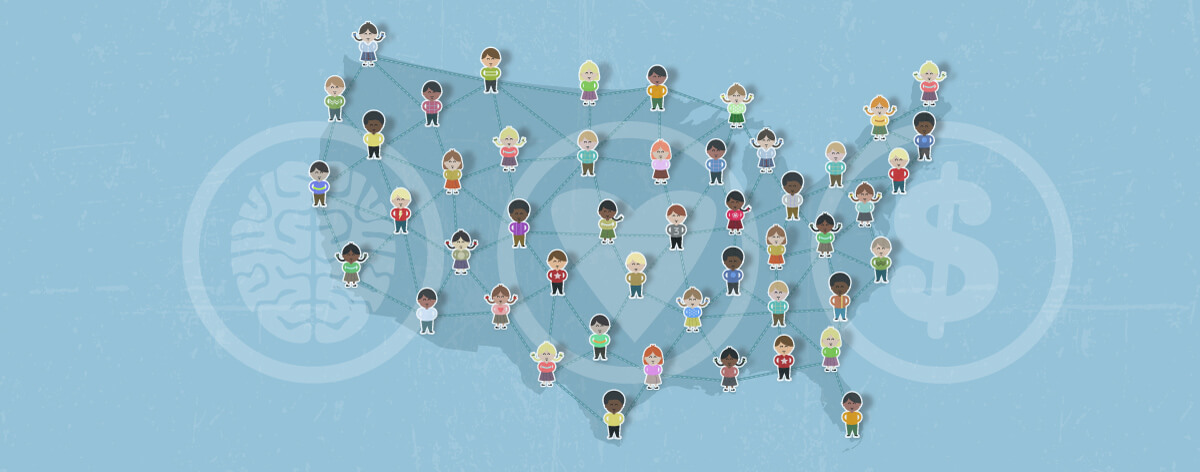Overview
This report details why U.S. public investments in education are key to promoting more equitable economic growth that benefits the middle class in general and those at the lower end of the income distribution. Certain types of U.S. public investments in education pay for themselves in stronger long-term economic growth, additional tax revenues, and long-term savings on public expenditures. Some education investments, if financed properly, can provide a significant macroeconomic stimulus to help jump-start our depressed economy into a sustained recovery.
Specifically, U.S. public investments in school facilities, pre-Kindergarten services, and Kindergarten through grade 12 educational services over the next 12-to-60 years would create hundreds of thousands of new jobs each that total nearly 1.7 million, generate a significant increase in present value GDP that outstrips the cost of the investments, and result in additional tax revenue that pays for itself in budgetary terms alone. In today’s low interest rate environment, this means it would be best for policymakers to finance these investments annually over the next several decades with debt rather than tax increases or savings from reductions in other public expenditure programs.
Read the factsheet for this report:
Download File
How U.S. public investments in education can spur equitable growth while paying for themselves over time
Key Takeaways
- U.S. public investments in education are key to promoting more equitable economic growth that benefits the middle class in general and those at the lower end of the income distribution.
- Certain types of U.S. public investments in education pay for themselves in stronger long-term economic growth, additional tax revenues, and long-term savings on public expenditures.
- Some education investments, if financed properly, can provide a significant macroeconomic stimulus to help jump-start our depressed economy into a sustained recovery.
- U.S. public investments in school facilities, pre-Kindergarten services, and Kindergarten through grade 12 educational services over the next 12-to-60 years would:
- Create hundreds of thousands of new jobs each that total nearly 1.7 million
- Generate a significant increase in present value GDP that outstrips the cost of the investments
- Result in additional tax revenue that pays for itself in budgetary terms alone
- Today’s low interest rate environment means it would be best for policymakers to finance these investments annually over the next several decades with debt rather than tax increases or savings from reductions in other public expenditure programs
Related
Explore the Equitable Growth network of experts around the country and get answers to today's most pressing questions!






